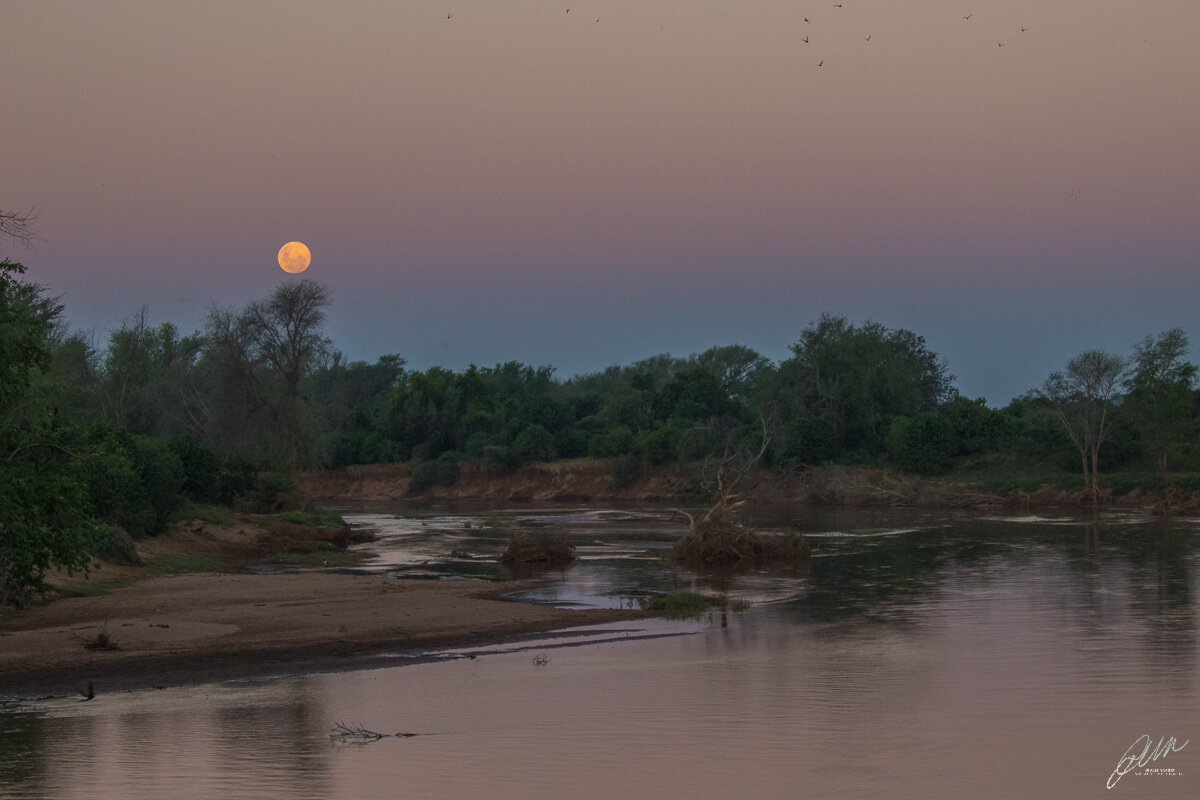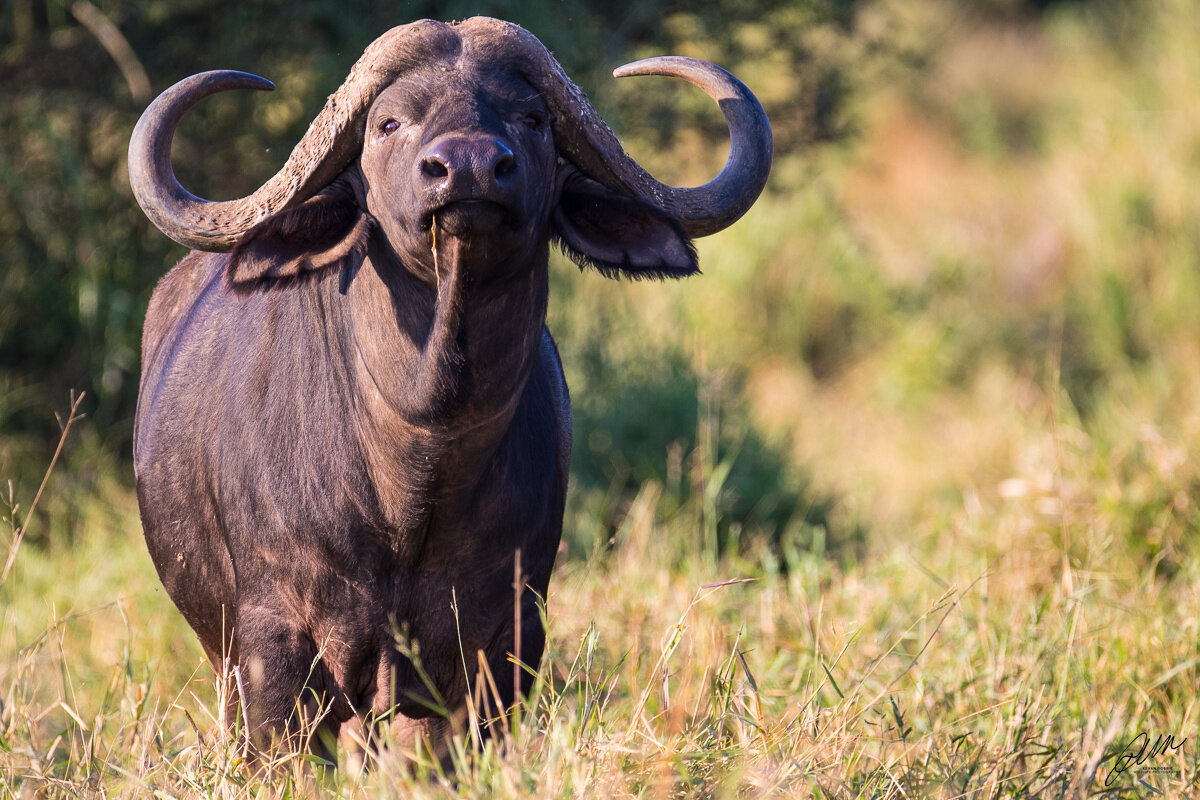We couldn’t be more grateful for our team of expert field guides here at The Outpost Lodge, including Kevan Dobbie, a new member of our team who manages to capture our special part of the world so spectacularly through his lens and with his pen. Read on to find out about the highlights of his first few weeks with us in Northern Kruger, as we transitioned from rain-filled summer to a dusty winter.
“My morning alarm has not gone off yet but I can hear the dawn chorus outside, especially the Natal Spurfowl’s whose call always comes before my alarm. I wouldn’t have it any other way – I love waking up like this. The Tree Squirrels and Yellow-Spotted Rock Hyraxes begin searching for warm spots in the first rays of sunlight and the smell of fresh dew-covered vegetation fills the air. I am back in the lowveld; my favourite place to be.
I am lucky to have joined the team at The Outpost Lodge in the Makuleke Contractual Park, situated in the most northern part of the Kruger National Park. After a couple days of department hopping and meeting all members of staff, we were out learning roads, exploring and discovering this special part of the world – an area that offers 26,500ha of pure, pristine and preserved landscapes positioned between the Limpopo river and Luvuvhu river.
It is a hotspot for birding, with a wide range of diverse habitats and a bird list of up to 450–500 species. General game tends to thrive here during the winter months supported by the Luvuvhu river, the life blood of the area, but it is the incredible landscape and vegetation that are like nowhere else in the world, which are the true stars of the show.
During my first few weeks here, I recorded over 230 species of birds, which is pretty good for this time of year. The area is currently transitioning between seasons and heading into winter, meaning that all migratory birds have left in search of more optimal conditions until they return towards the end of the year. Some new species for me included Arnot’s Chat, Allen’s Gallinule, Lesser Moorhen, Lesser Honeyguide, Three-banded Courser, Booted Eagle, Grey-headed Parrot, Meves’s Starling, Blue-cheeked Bee-eater and many more. Other rare species that I have seen are the Gorgeous Bushshrike, Black-throated Wattle-eye, and Narina Trogon.
Apart from taking a keen interest in birds, my main passion lies in the fauna and flora. In these past six weeks I have been fortunate to have had three leopard sightings, with my top sighting being at the Luvuvhu bridge one evening while I was searching for a Pel’s Fishing Owl. During this particular sighting we actually witnessed two leopards on the bridge – one very relaxed female who was seen scent marking all the way across the bridge, followed by a male leopard, too.
As we head into the dry season, elephant herds and larger bulls are starting to slowly push up in the region to utilise the Mopani thickets as a constant source of nutrients as other grazing opportunities are starting to decrease in palatability with less rain. As always, the Cape buffalo sightings have been great with numerous herds and bachelor groupings gathering daily around the many scattered Ramsar sites and natural springs in the concession.
The change of seasons is starting to show in the vegetation, too. The colours of the Bushwillow species are changing from green to rust and the White Seringas are losing their foliage. In the sandveld region, the prominent Baobab dwarfs all else and the fruit production over the last rainfall season seems to be good with most trees still holding between 30–50 percent of their fruits.
I have only been here a few weeks and it has truly been a great start to my time in this special part of the world. I can’t wait to see what new spectacles await me.”
Hankering for trip to the wide open spaces of the African bush? Take a look at our current special offers so that you’re ready to join us as soon as you can.
Find out more about The Outpost and Pel’s Post and don’t hesitate to get in touch with any questions. We are here to help.
Photographs by Kevan Dobbie.








